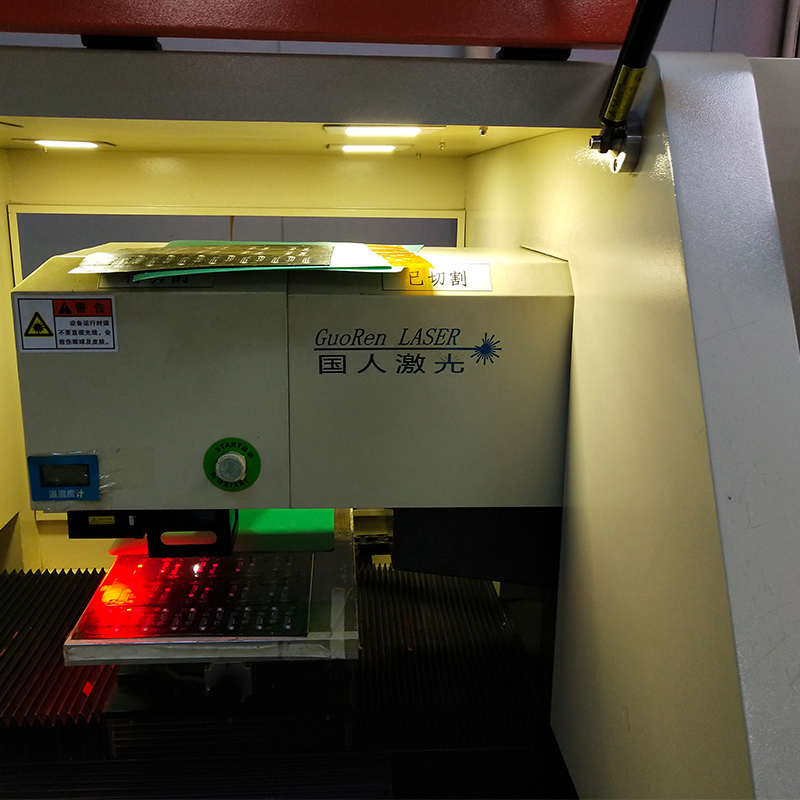In the fast-paced electronic world, time is of the essence. Whether you’re a hobbyist or a professional, waiting weeks to get your hands on a printed circuit board (PCB) can be frustrating and can hinder the progress of your project. This is where rapid PCB prototyping comes into play. It allows you to turn your ideas into reality quickly and efficiently. But have you ever thought about the maximum current rating for rapid PCB prototyping? In this blog post, we’ll delve into this topic and help you understand its importance.
Before we delve into the complexities of maximum current rating, let’s briefly introduce the company behind this innovative solution. Capel is a leader in the PCB industry with over 15 years of experience. With their expertise in rapid PCB prototyping, they have become a trusted name in the industry. Capel is also ISO 14001:2015, ISO 9001:2015 and IATF16949:2016 certified, ensuring their commitment to high quality standards.
But what exactly is the maximum current rating? Why is it important for rapid PCB prototyping? Simply put, it refers to the maximum amount of current that a PCB trace or any other component on the board can handle without damaging it or causing performance issues. This rating is crucial because exceeding it can lead to catastrophic consequences such as burnout or even fire.
To better understand this concept, let’s imagine that you are designing a high-power LED lighting system. You need to make sure that the PCB traces that power the LEDs can handle the required current without any problems. If the maximum current rating is not considered, PCB traces may overheat, causing them to burn out and cause system failure. Therefore, it is critical to determine the maximum current rating and design the PCB layout accordingly.
Factors such as the thickness and width of the copper traces and the material used on the PCB play an important role in determining the maximum current rating. Thicker copper traces can handle higher currents, while narrower traces may be suitable for low-power applications. In addition, the type of PCB material used (such as FR-4 or metal core) can also affect the current carrying capacity. Additionally, proper consideration of the surrounding environment, such as heat dissipation and airflow, is required to prevent overheating.
So, how do you ensure your rapid PCB prototype meets the required current rating? First and foremost, working with an experienced and certified company like Capel ensures that your prototypes are designed and manufactured to industry standards. Capel’s expertise in rapid PCB prototyping ensures your PCB is accurately designed, taking into account factors such as current rating requirements.
In addition, it is critical to work closely with the PCB manufacturer and provide them with accurate information about the power requirements of the project. This collaborative approach allows manufacturers to select the appropriate copper thickness, trace width and PCB material to ensure maximum current ratings are met. By effectively communicating your specific needs and requirements, you can avoid potential problems.
In summary, rapid PCB prototyping provides an efficient and timely solution for the realization of your electronic projects. However, consideration of factors such as maximum current rating is critical to ensure the reliability and safety of the design. By working with an experienced company like Capel, and working closely with PCB manufacturers, you can rest assured that your prototypes will meet the required standards and specifications. So next time you embark on a journey of rapid PCB prototyping, remember to pay attention to the maximum current rating and enjoy a worry-free board design.
Post time: Oct-18-2023
Back







